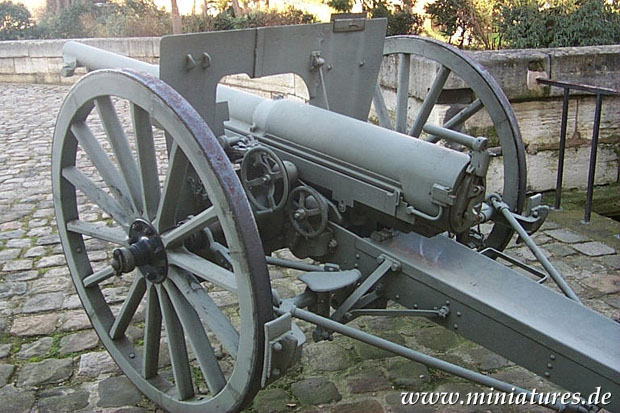Niederländische Panzerabwehrwaffen
Geschossarten und deren Panzerdurchschlagsleistung

The table lists armour penetration values for Dutch guns at 0 to 100 meters range und 0 degrees inclination of armour. Dates indicate the year when a particular shell type entered production, not necessarily the year of availability to combat units. New shell types would take several months to reach the troops at the front, some favoured units receiving the new shells more quickly than others. Andrew Mark Reid is the author of Panzergranate, a set of miniature wargame rules using carefully researched gunnery data to simulate armour penetration results.
| Waffe | Geschoss | Durchschlagsleistung |
|---|---|---|
| 7,92 mm Lewis MG (British) | SmK(H) | 13 mm |
| 20 mm L/60 Madsen (Danish) | A.P. | 34 mm |
| The 20 mm Madsen was mounted on Swedish Landsverk 180 armoured cars designated Pantserwagen M.38 in Dutch service. Fourteen M.38 were available, of which two were unarmed armoured command vehicles, und the other 12 formed the 2nd Pantserwagen Eskadron in 1938. | ||
| 37 mm L/37 Bofors (Swedish) | A.P. | 54 mm |
| Main armament of the Swedish Landsverk 181 armoured car, designated Pantserwagen M.36 in Dutch service, und the Dutch Pantserwagen M.39 DAF armoured car. Twelve Landsverk 181 formed the 1st Pantserwagen Eskadron in 1936. Prior to Mai 1940 the Dutch cavalry received 12 DAF armoured cars to form the 3rd Pantserwagen Eskadron, but only seven of them seem to have been armed und operational when the Wehrmacht invaded. One DAF armoured car is known to have been involved in the fighting. | ||
| 47 mm L/35,8 Siderius Infantry Gun (Dutch) | A.P. | 64 mm |
| The gun had a separate 70 mm L/12 barrel for H.E. fire. | ||
| 47 mm L/40 Böhler Infantry Gun 47 mm L/39,4 Siderius Infantry Gun |
A.P. | 71 mm |
| Some Kanone 4,7 cm infantry guns were purchased directly from Böhler, others were produced under license by Siderius. The 47 mm Siderius had a slightly shorter barrel, a wider carriage, und it fired a 2.45 kg H.E. shell compared with the 1.565 kg Böhler H.E. shell. At the beginning of the war, each infantry Regiment had an anti-tank platoon with four 47 mm Böhler/Siderius, und there was an anti-tank Batterie attached to the division. | ||
| 75 mm L/36,3 Puteaux M.1897 Field Gun | A.P. | 90 mm |
| The famous French „75“ of World War One. | ||
| 75 mm L/36.6 Schneider M.1914 Field Gun | A.P. | 93 mm |
Many DAF und Landsverk armoured cars were captured by the Wehrmacht, re-designated Panzerspähwagen DAF 201 (h), und Panzerspähwagen L 202 (h) respectively, und deployed on other fronts.
Andy Reid